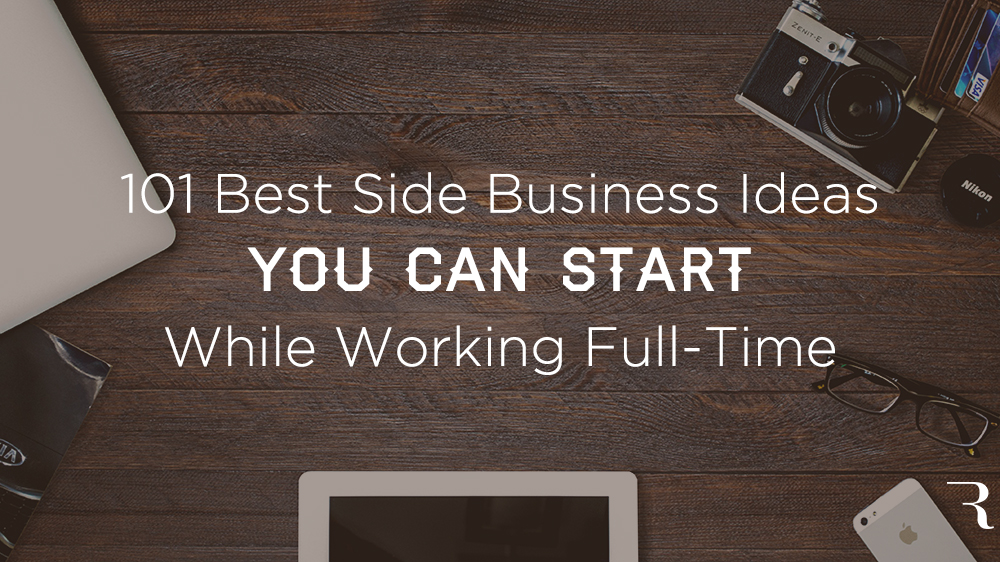
6 Elements Every Successful Landing Page Has
Building an engaging landing page is a great strategy to maximize your conversions and lead generation. A landing page is the pinnacle of modern marketing science that combines together colors, text, visuals, videos and, ultimately your unique selling proposition (USP). However, since the average human’s attention span is shorter than a goldfish’s one building a landing page that really works can be a daunting task. So let’s see how you can quickly sum up all the elements you need to create a successful landing page!

- Write a Killer headline…
I doesn’t have to be as obvious as that but well… it is. Because of the low attention span and the absurd amount of ads that constantly bombard us all, people will often just stop reading if the headline is not captivating enough. Keep A/B testing with different titles until you find the right one that provides you with the best results in terms of time-on-page and bounce rate. Since you can switch their titles, Facebook ads provide you with a unique chance to test different headlines until you find the right one for your landing page.
- …but do not forget about the sub-headline.
If your headline was interesting enough and he didn’t bounce right off, the average user will spend a few seconds more on your sub-headline. Beware though: you still didn’t persuade them to stay and read your full offer yet! The sub-headline is usually a little bit longer than the title so it could push its concept further, and explain why your USP can actually make the difference. Think about it like a one-two punch technique that helps reinforcing the original message and engage the reader with something juicier.
- Understand what bothers them most
Creating an optimal landing page is essentially about providing your customers with an efficient solution to their problems. But how can you offer a solution if you don’t address their issues? You need to walk the extra mile and finely pinpoint what really bothers your consumers. Are you selling heartburn medications? Start by talking about stomach pain. Are you selling a website optimization tool? Talk about how hard is to run a full SEO audit. If you talk about their problems, you’re showing them the right amount of empathy needed to let them trust you. Which brings us to the next point…
- Tell them you can be trusted
Is your company a market leader in your industry? Your brand is authentically better than your competitors for some reason? You must tell that to your customers, but bragging is never a good idea unless you got some physical evidence your brand could be trusted. For example, if you run a law firm briefly mention a previous case you won that helped your clients (or the government) recover millions of dollars. If you have been mentioned by a famous magazine, that’s the right time to talk about it. Jus bring statistics, numbers, and facts to the table – don’t waste your time with those fake “consumer reviews”. Everybody knows you wrote them yourself!
- They must identify themselves with your message
Focus your message on the right audience with the right visual mediums. For example, if you’re selling an anti-aging cream, you should never show an extremely young or teenage girl, no matter how beautifully she looks. Women who are going to buy your product are included in a different demographic, and if they cannot relate to the pictures or videos they see they will simply think “this product is for someone else, not me”.
- Show them you’re one of them
Although you’re a business owner and an internet marketer, you’re a consumer like them too. We all are, so what’s the best way to entice your prospects into buying your product than telling them you’re going to use it too? For example, if you run an e-commerce that sells gadgets and collectibles, a video that shows people who play with table-top games or you surrounded by miniatures and nerdy stuff is guaranteed to rock.
Each landing page should have all the elements needed to catch your user’s attention and convince him or her to buy your product or service. Try creating several of them until you find the one that performs better.